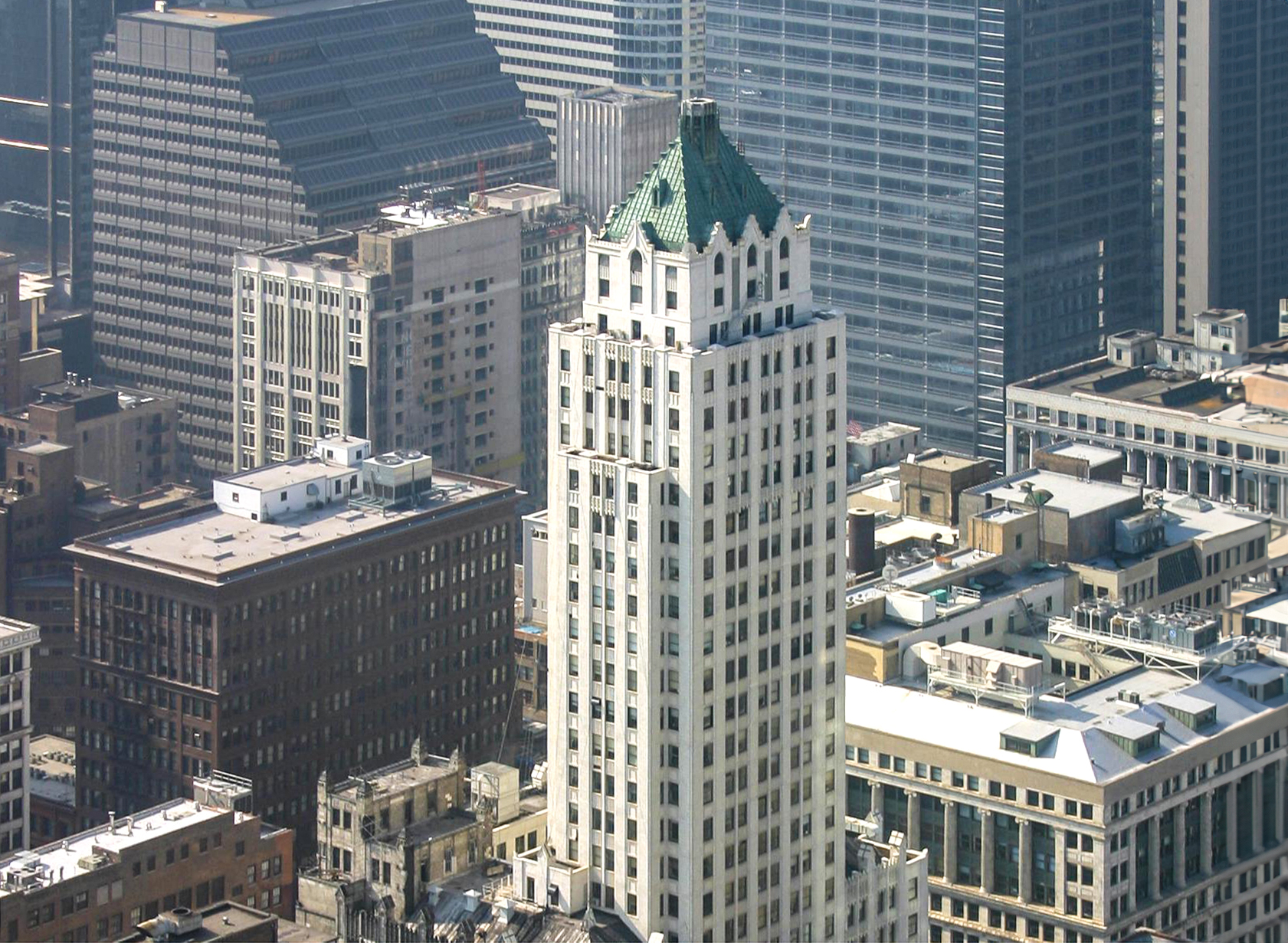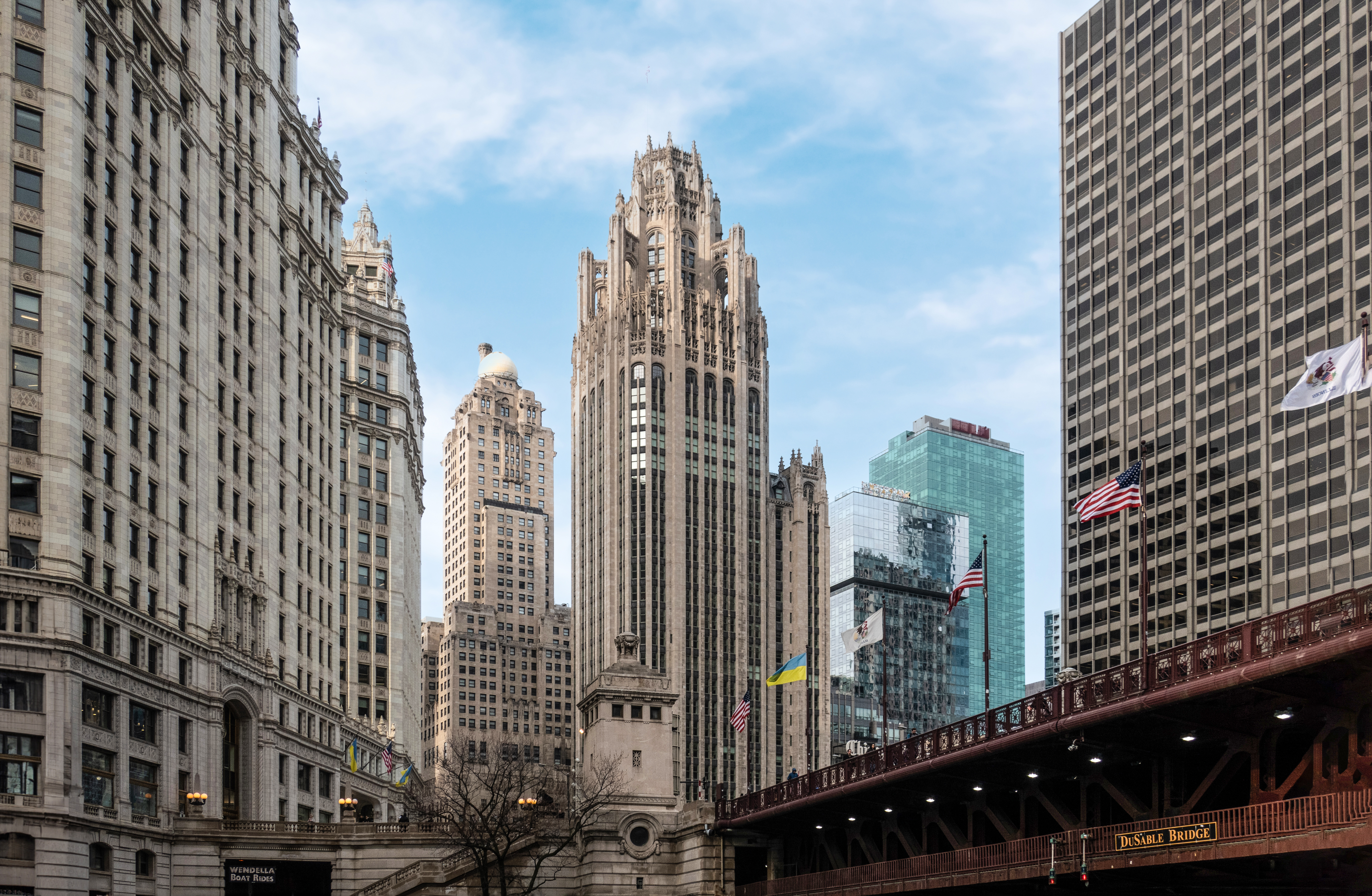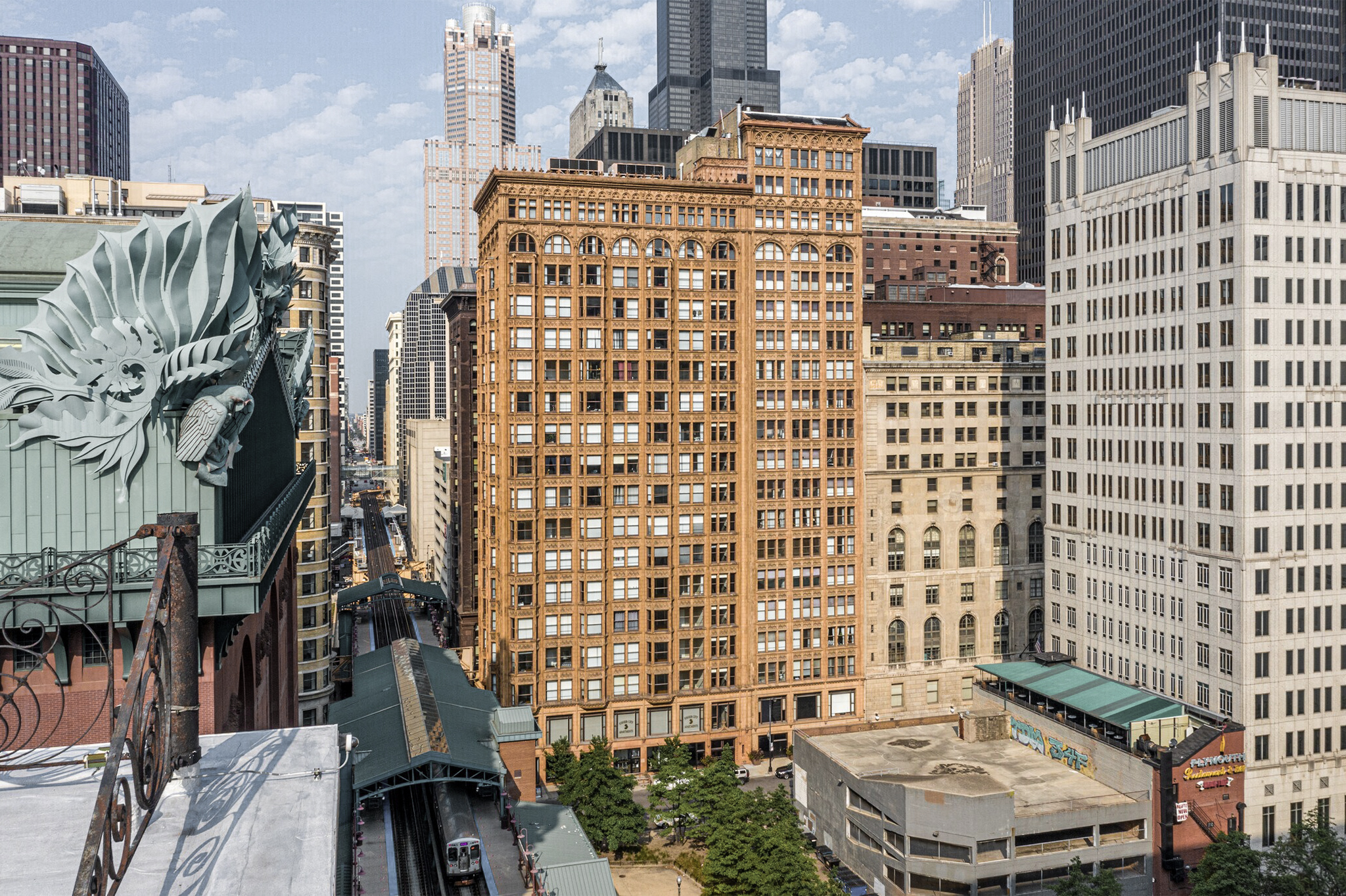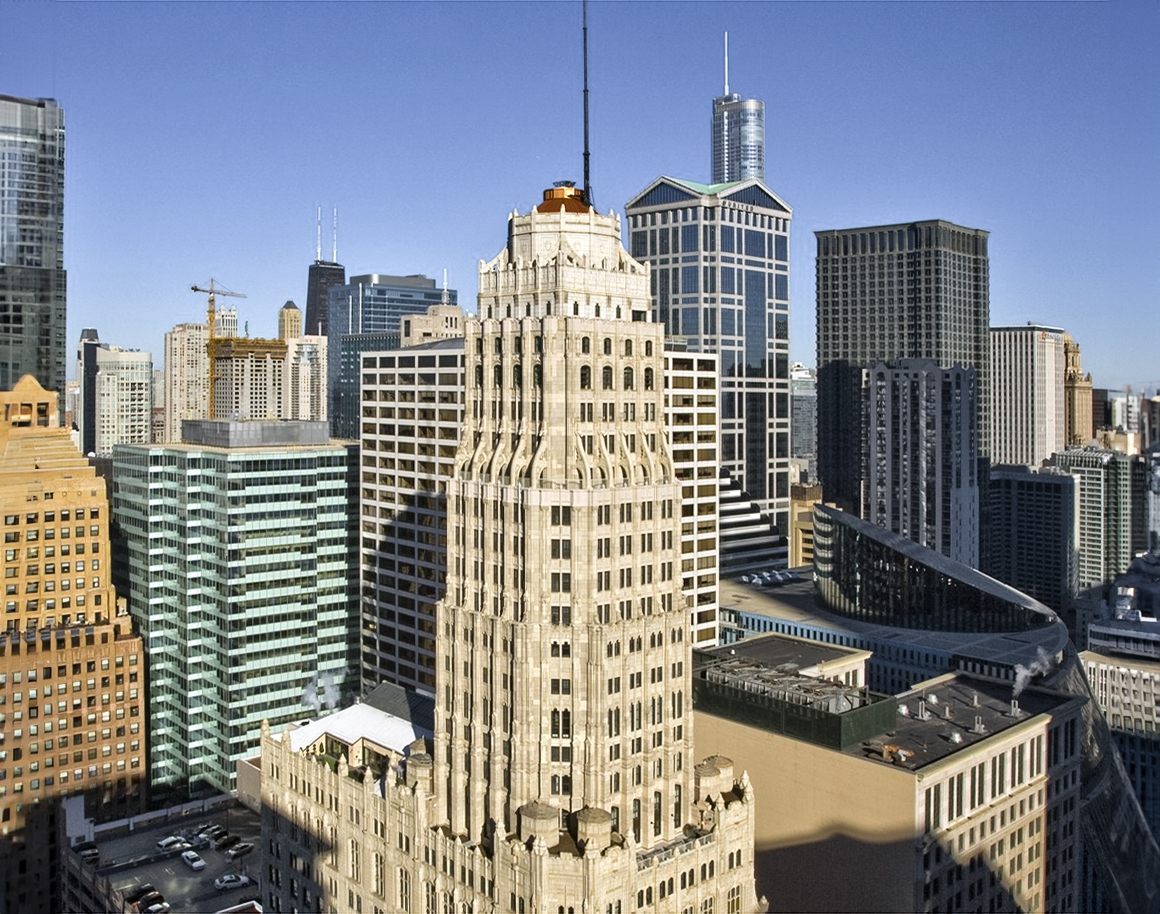The Shoreline Apartments is a Neogothic skyscraper designed by Henry K. Holsman, and built in 1928 in Chicago, IL.
Its precise street address is 2231 E. 67th Street, Chicago, IL. You can also find it on the map here.
The Shoreline Apartments is a structure of significant importance both for the city of Chicago and the United States as a nation. The building embodies the distinctive characteristic features of the time in which it was built and the Neogothic style. Because of that, the Shoreline Apartments was officially included in the National Register of Historic Places on September 5th 2017.
The building underwent a major restoration between 2016 and 2019.







